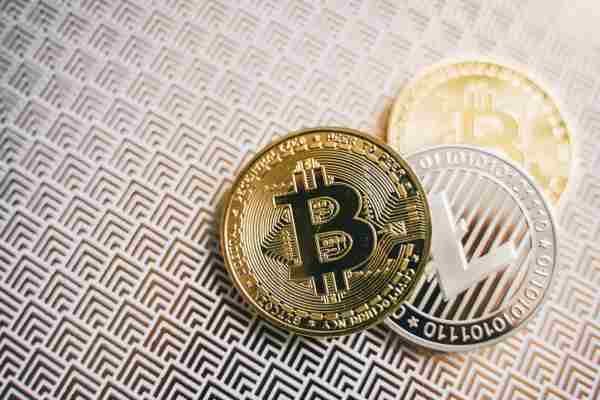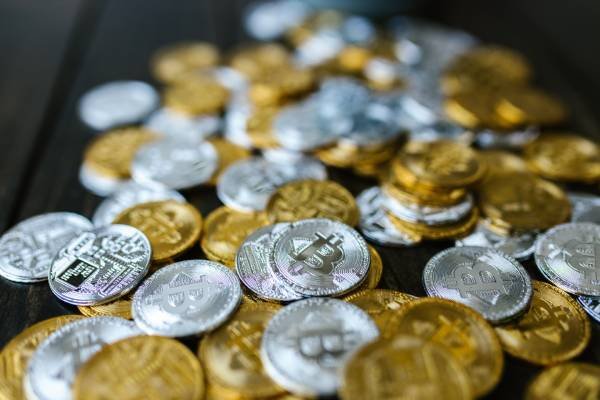In the dynamic world of cryptocurrency, Bitcoin stands as the pioneering force, capturing the imagination of investors, enthusiasts, and businesses alike. However, as its popularity soars, an inevitable concern arises: why are Bitcoin fees skyrocketing? Let’s delve into the intricacies behind this phenomenon.
The Demand-Supply Conundrum
Contents
Bitcoin operates on a decentralized network where transactions are verified and added to the blockchain by miners. As the network’s user base expands, the demand for processing transactions surges. This increased demand leads to congestion in the network, causing transaction fees to rise as users compete for limited space in each block.

Finite Block Size
Bitcoin’s protocol limits the block size to 1MB, accommodating only a fixed number of transactions every 10 minutes. This restriction, set by Satoshi Nakamoto as a measure to prevent spam transactions, inadvertently contributes to the congestion issue during periods of high network activity.
Miner Incentives
Miners play a crucial role in processing Bitcoin transactions. They prioritize transactions based on the fees attached to them, opting to include those with higher fees first. With the growing competition among users to have their transactions processed promptly, miners are incentivized to prioritize transactions with higher fees, driving up the overall transaction costs.
Market Dynamics
Bitcoin fees operate within a free market system, where users can choose to pay higher fees for faster transaction confirmation. During times of network congestion, users often find themselves in a bidding war, willing to pay premium fees to ensure timely processing. This bidding process further amplifies fee rates, reflecting the underlying supply-demand dynamics.

Scaling Solutions
Recognizing the need for scalability, various solutions have been proposed and implemented to alleviate Bitcoin’s congestion issues. Segregated Witness (SegWit) and the Lightning Network are two prominent examples aimed at increasing transaction throughput and reducing fees by enabling off-chain transactions.
The Road Ahead
While Bitcoin fees remain a point of contention, the ongoing development and implementation of scaling solutions offer hope for a more sustainable and efficient network. As the cryptocurrency landscape continues to evolve, stakeholders remain optimistic about addressing the challenges posed by rising transaction fees.

In conclusion, the surge in Bitcoin fees stems from a combination of factors, including increasing demand, finite block size, miner incentives, and market dynamics. However, with the collective efforts of the community and ongoing advancements in technology, the future holds promise for a more scalable and cost-effective Bitcoin network.
Disclaimer: This article is for informational purposes only and should not be construed as financial advice. Cryptocurrency investments are subject to market risks; readers are advised to conduct their own research before making any investment decisions.


Reviews